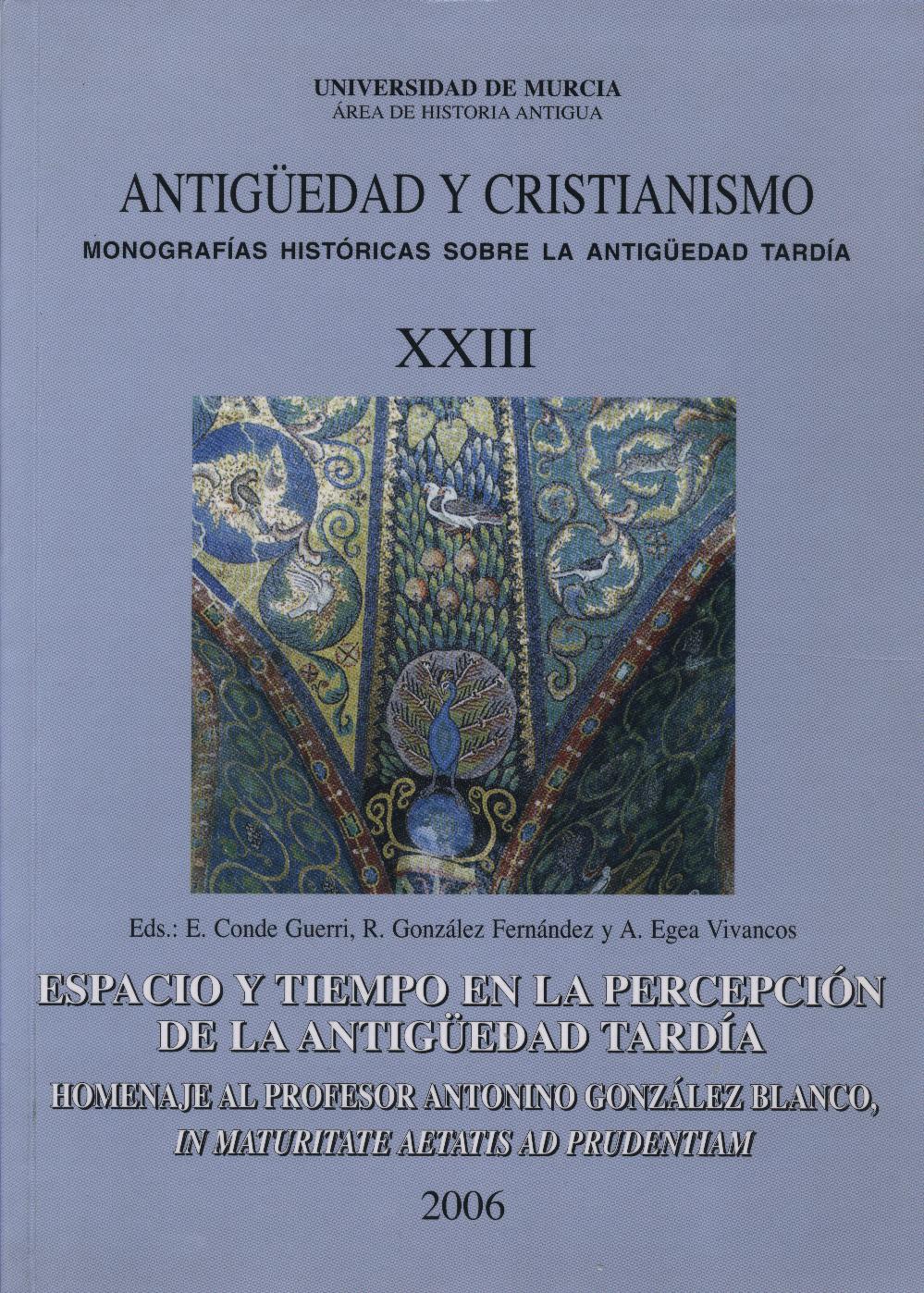La cueva y su interpretación en el cristianismo primitivo
Abstract
This article studies the cave as a primitive Christian symbol for the complementary opposition between death and life, and as the symbol of physical and spiritual regeneration. The Christian recognition of the cave as such soon appears linked to the Messiah's birth and to the identifi cation of the Virgin Mary, mother of Jesus, as fertile earth. Her womb is precisely the symbol of the cave. Christ's resurrection doesn't avoid the symbolization of the cave as a place of regeneration; this idea is widely expressed in the iconography. But the Christian concept of caves must be understood in relation to the wider Christian image of Nature as the eternal expression of God's will. This relationship of the cave and of Nature as whole is present in the very first phase of monasticism and in the origins of rock monasticism.
Downloads
1. The authors non-exclusively assign the exploitation rights (reproduction, distribution, communication and transformation) to the magazine.
2. The works published in this magazine are subject to the Attribution-ShareAlike 4.0 International license (CC By SA 4.0). Therefore, they can be copied, used, disseminated, transmitted and publicly displayed, provided that:
i) the authorship and the original source of its publication (journal, editorial and URL of the work) are cited, thus allowing its recognition.
ii) it is allowed to remix, transform or create from the material while maintaining the same license as the original.
Note: Articles prior to 2022 incorrectly display the CC by SA license in the abstract page. They are under a CC by NC ND license as embedded in the article pdfs. Articles published in 2022 and after are under the CC by SA license.

3. Self-archiving conditions. Authors are allowed and encouraged to electronically disseminate the pre-print (version before being evaluated) and/or post-print (version evaluated and accepted for publication) versions of their works before publication, as it favors their publication. Earlier circulation and diffusion and with it a possible increase in its citation and reach among the academic community. Color RoMEO: verde.























